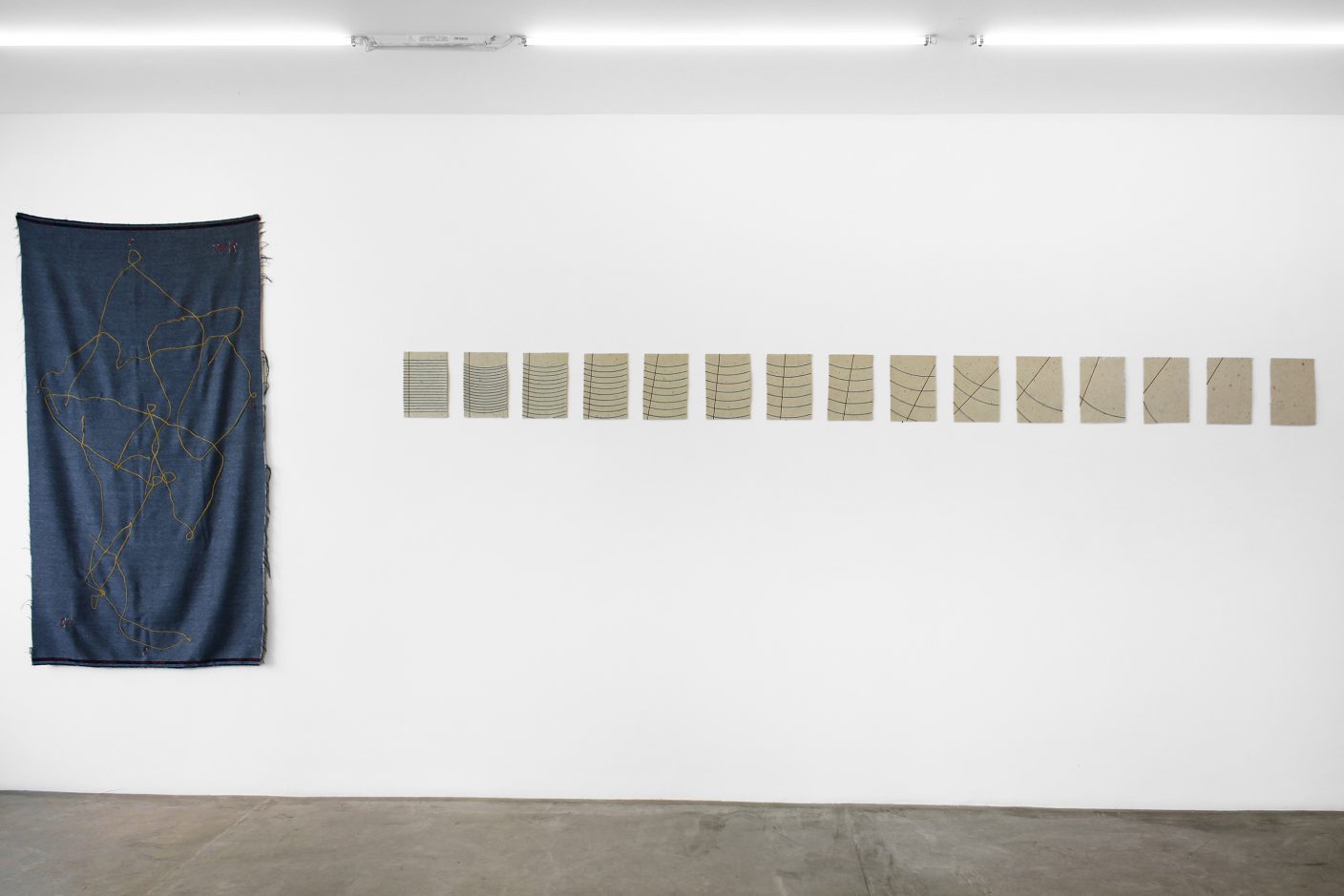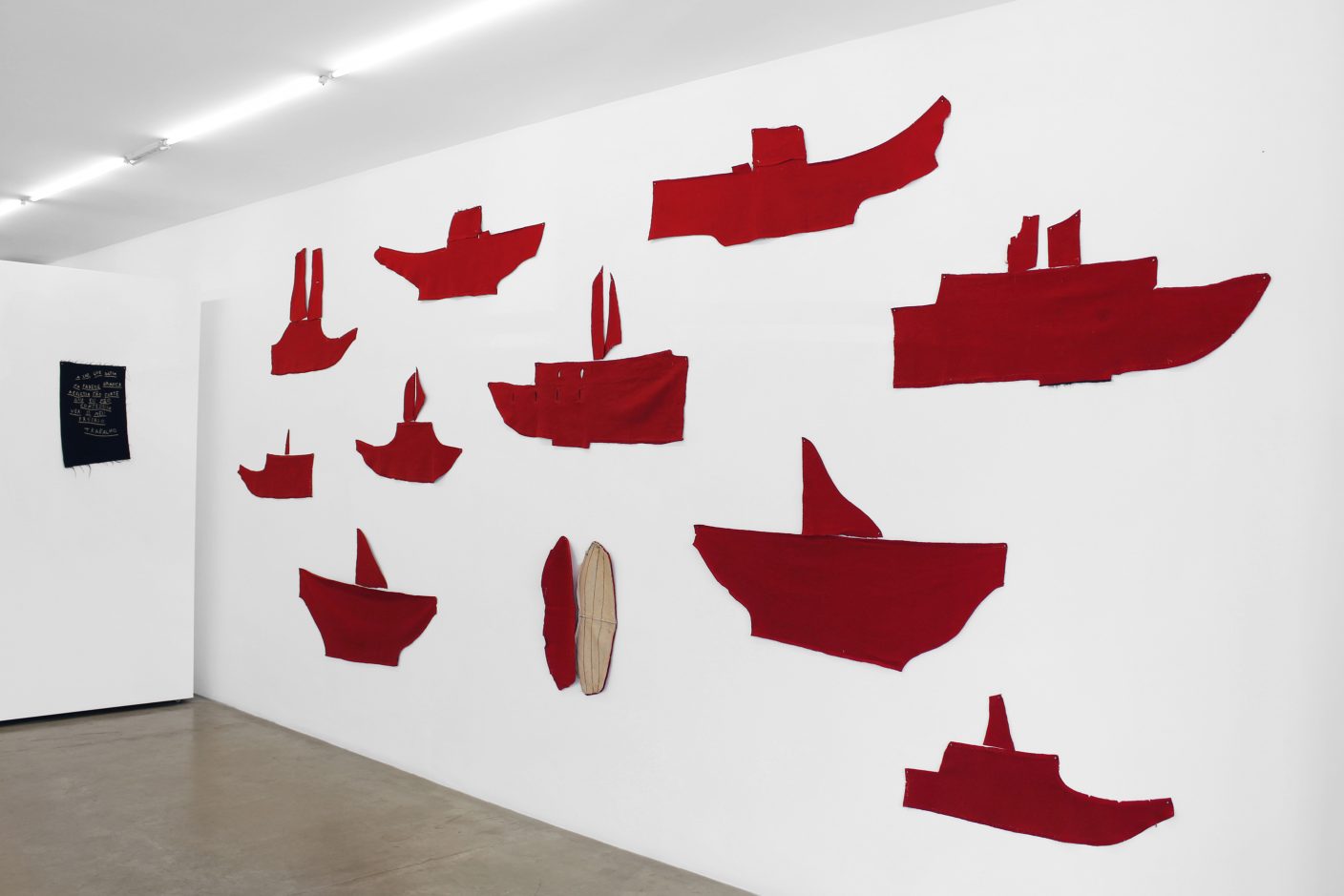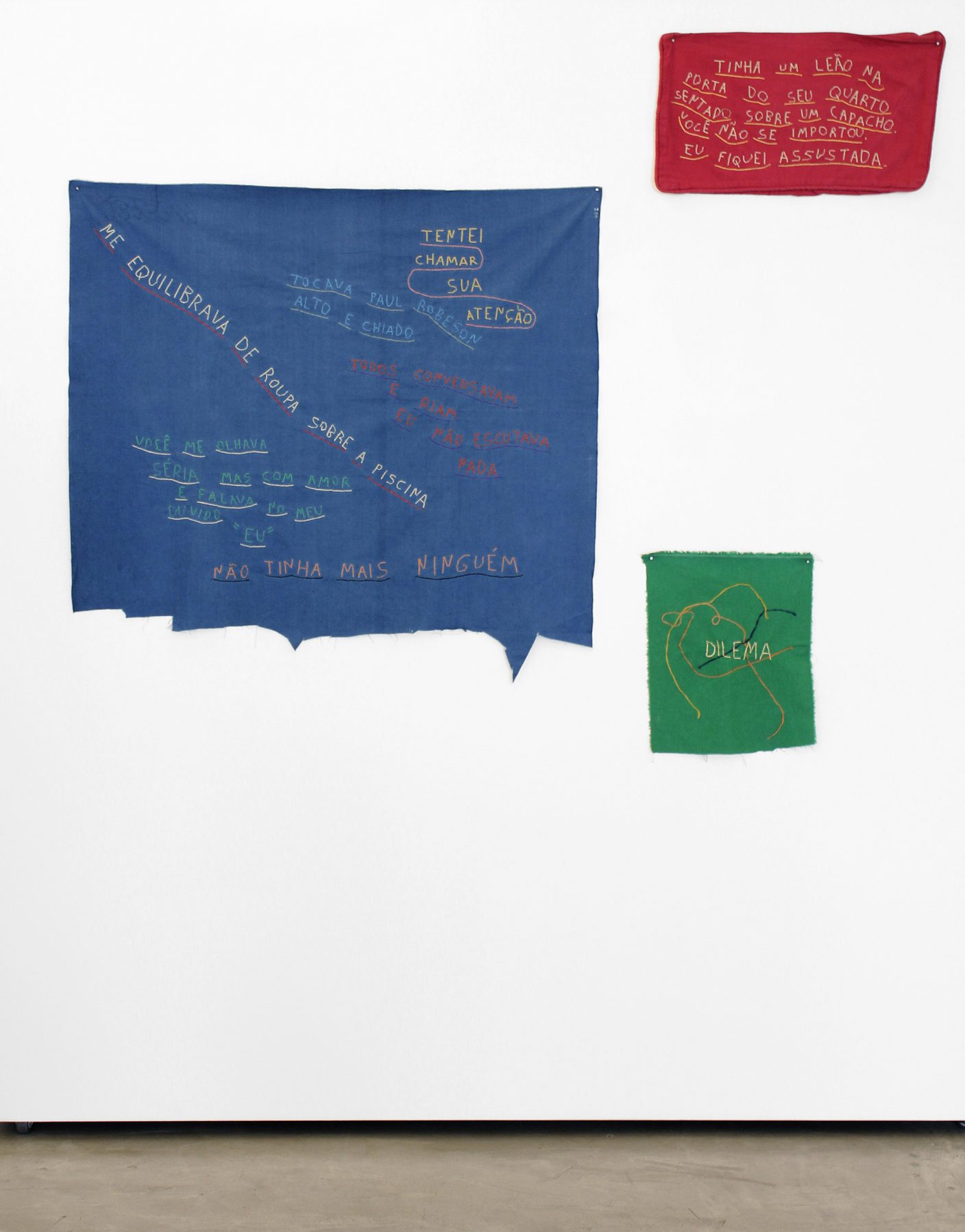Celestial Chart or Euphonic Planisphere
The lunar seas are said to be vast, dark basaltic plains that populate the surface of the satellite. Scientists who study celestial bodies often babble that these topographies are formed by the impact of unruly meteorites that crash into the pale sphere. To classify the worn-out beds of the lunar surface, scientific nomenclature also includes oceans, lakes, swamps, and bays.
However, fables are often counterproductive and here we are talking about literature, about syntax, so I warn that certain words can be contaminated by their neighbors.
Well then, a certain Latin scholar who recklessly observed a map of the moon, noticed that its “seas” and “rivers”, although separate, reserved and absent, despite the technical statements, abstractly perpetuate the memory of ancient waters. She, daughter of titans and sister of the sun god, in ancient times, was an alluvial outcrop, an inexhaustible spring from which flowed rivers of voluptuous waist, devourers of mountains, fearless climbers. These rivers wove her a braid that descended through the thin gap between her shoulder blades and dangled around mineral landscapes, drawing a copious hydrography. In archipelagos, the tropics and the equator, around the coast of the goddess Selene, navigable foams skimmed across peninsulas, creeks, canals and deep lakes. From the tops to the course of rivers, in waves and rain, the moon was a center of gravity, a hot spring, a magnetic field, a succulent Atlas.
However, the Tajzri Oracle tells us, the envious land once, imbued with brutal cruelty, gathered the reserves of its force of attraction and, starting from the peak of Kilimanjaro, plucked its multiform braids from the moon and, with its mouth open, waited salivatingly for arrival of the vast current, eager to adorn herself with it and hide her ugliness under the cosmetic liquid. Selene was stripped naked, dry and white like a little phosphorescent pearl.
It is said that the son of the Moon, called the Museum, settled on the top of the Jbel Toubkal, a mountain range that separates the coastal lands of the Mediterranean Sea and the Atlantic Ocean from the arid lands of the Sahara, from where he could observe, refractory, the stolen aquatic mantle. . As no museum has wings, unless he could draw the force of gravity back into the past, he pulled away to the heights of the mountain from where he could look at the mirror of the sky in the water.
Seduced by the emptiness of his window that seemed to give an immense and immobile external reality, he reveled in silver and foam in his eyes as he realized that this landscape was abruptly reduced to a single point inside his skull. The images dreamed or imagined by him, were able to contain the whole extension of the world but, at the same time, fit and inhabit a solitary mind.
— “If inside my mind there is no extension and in any image of mine I can represent everything I have seen, it is because there is simply no extension, the whole universe is no more than a point, it is no more than an idea, an image in my soul. Let us feel, dear mother, the emptiness of the world, of the geometric presentation of things, of the universe, the plenitude, the certainty of a unique passion, of excavation, mirroring and writing, in a cycle of simultaneous deterioration and renewal”.


 Português
Português




